Will fire hydrants become official city water fountains?
A new City Council bill wants you to drink straight from fire hydrants – and drink more tap water in general.

It might be a little hard to imagine now but stretch your brain forward a few months and let dreams of the summer ahead melt this mid-February muck. Even if you are a twisted freak who hates summer in the city, you can picture a situation when you are hot, sweaty and parched on our summer streets and craving refreshment. You already know that the city has some of the best tap water in the country, running under your feet at all times, but accessing it is not always so easy. Working public water fountains are hard to come by, and while you should be able to knock on a stranger’s door and ask for water bottle fill, such actions may end up with your picture plastered all over Nextdoor.
What if, instead of going to a bodega and buying a sinful plastic bottle of water — or an even more sinful Starburst-flavored energy drink — you could just tap into that river of hydration easily?
This is the dream of some members of the City Council, who last week introduced a bill to retrofit fire hydrants in the five boroughs with public drinking fountains that would be accessible from April to September. The measure — which calls for a pilot of five fire hydrant fountains in each borough — would increase access to public drinking water, aim to cut down on single-use plastic and hopefully lead to healthier habits overall. (Back in August, we covered this idea, exploring whether it’s safe — or enjoyable — to drink water from a fire hydrant in the city. The City Council bill says that not only is it safe, it should be encouraged.).
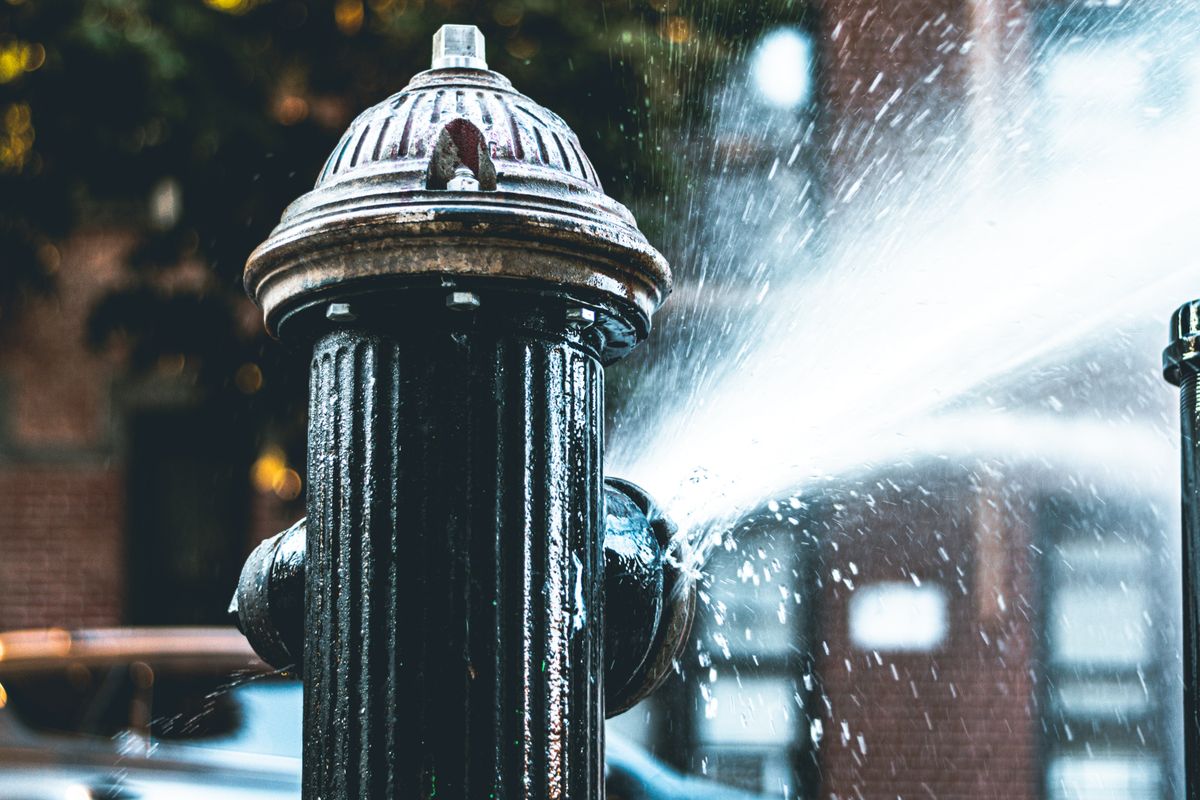
“We need to break our addiction to single-use plastic,” said Council Member Erik Bottcher, who introduced the bill. “There’s no need to drink bottled water.” (Though Bottcher, unlike me, said he has never drunk directly from a fire hydrant.)
At a press conference announcing the bill last week, Bottcher rattled off the usual reasons to encourage New Yorkers to take advantage of our free-flowing drinking water: we’re choking the oceans with plastic; your body is probably full of more microplastics than vitamins right now; plastic comes from fossil fuels and fossil fuels are contributing to the heatwaves that make summer in the city even more brutal. But there’s also the issue that the water here isn’t just good, it’s elite, and we should never take that for granted.
“We need to normalize drinking tap water,” Bottcher told me, “and explain the difference between New York City tap water and tap water in other cities.”

That difference is a big one: New York City is one of only five municipalities in the country that does not have to filter water as it flows in from upstate reservoirs, which saves the city tons of money. Those Catskills reservoirs put very little limestone or calcium into the water, keeping its pH balance very close to the pH of “pure” water.
The bill must still go through Council vetting before a timeline for the program can be set. If approved, Bottcher said he would want the Department of Environmental Protection to partner with the Fire Department to come up with some drinking fountain prototypes through a design competition, (though some designers already tried their hand at the idea in past years).
The program would be similar to one used in other cities, including Edmonton, Canada, where record heat waves have heightened the need for publicly accessible water stations. Edmonton located its hydrant fountains in part to help serve the needs of its unhoused residents, but safety concerns about people gathering near those fountains did lead the city to shut some of them down during a heat wave last summer.
The savings from removing plastic water bottles from the city’s waste stream alone could easily pay for the very low-cost project, Bottcher said.
The fire hydrant fountains could combat plastic use, waste and the consumption of sugary drinks — something that is a nagging concern for city health officials. They could also help reorient New Yorkers’ brains around a simple but key idea needed to fix the environment: just use less stuff.
The neo-liberal inside of the brain is tempted to buy one’s way out of environmental catastrophe with, say, a monstrous collection of ugly, bacteria-collecting, straw-sucking water bottles — when you only need one — or cans of aggressive trendy water that should spend less money on branding and more money on making water that doesn’t taste like it was left in the trunk of a 1997 Honda Civic for six months. But I’m here to remind you that — as Butthead once said — asking “could you, like, get less stuff?” is usually the solution (shout out to Jenny Odell for reminding me of this scene in her latest book).
Council Member Sandy Nurse, who is co-sponsoring the bill, said she hopes adding fountains would change habits around consumption in the city.
“We have to build the culture and the awareness,” she said at the press conference. “It’s really important that we build convenient infrastructure that becomes second nature to New Yorkers, second nature to us.”
Hydrants aside, there’s often pushback on the general concept of drinking tap water, usually centered around fear of bad pipes in buildings. A New York City Coalition to End Lead Poisoning report from July found that 900,000 New Yorkers might still have lead water pipes in their buildings — but still, city water is treated against corrosion to prevent that lead from flaking off, so the supply is still safe, according to the DEP (though we clearly gotta replace those pipes so it’s not even a question).
The city says the lead pipes are a concern particularly in single family houses built between the 1910s through 1930s. If you’re worried about it, run the tap for 30 seconds to flush it, and always use only cold water from the tap for drinking or cooking. You can also call 311 (or have your landlord call) to request a lead testing kit. As for the fire hydrants, those are made of cast iron, not lead.
(This is also a good place to note that bottled water probably isn’t any safer. It’s often being bottled straight from the tap anyway, has fewer regulations than tap water, and then there are all those extra microplastics seeping in.)
Bottcher said he wants to go further too: later this year he plans to introduce a bill that would ban city agencies from buying individual single-use plastic bottles, encouraging them to at least buy larger containers, or just use the tap water.
I’m in the tank for New York tap water, a bias that is reaffirmed every time I visit literally any other city in the world and find myself unable to satiate my appetite for hydration with, say, the milky output of the taps in Philadelphia or the mildewy, never-enough contents of a Brita filter in the South. Last year, I had the privilege of spending a few weeks in Thailand and had to suffer the culture shock of only being able to drink bottled water everywhere; the tap water was off limits to even Thai locals.
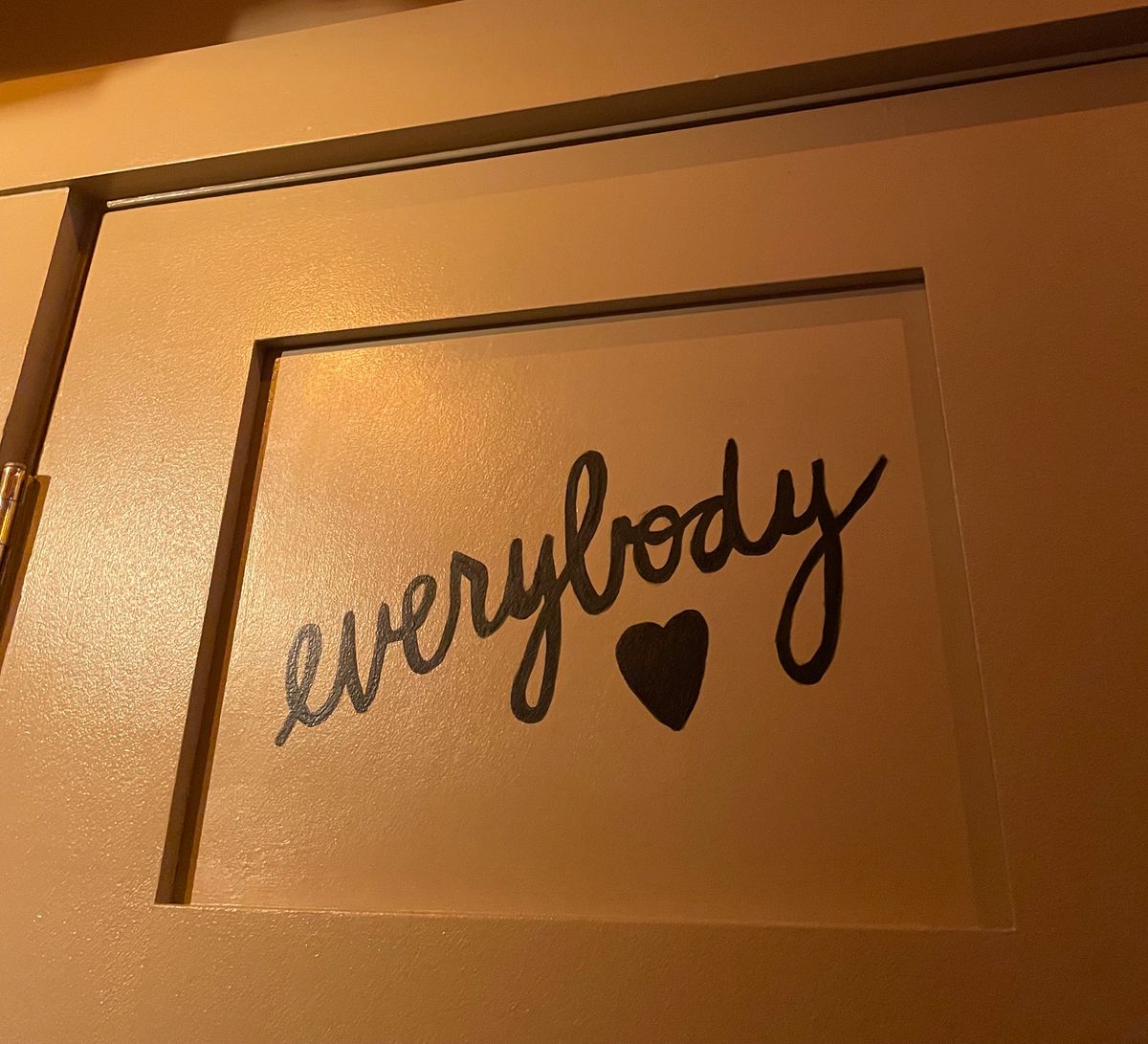
But access to New York City’s ample and clean water is clearly lacking. Around the corner from the press conference, two water fountains outside City Hall were turned off for the winter, even as temperatures have stayed pretty mild. On Saturday, a water fountain in Essex Market — a new building not even three years old — wasn’t working. Even in the summer, water fountains in parks and public places are often broken, or producing only a trickle that makes it impossible to fill a water bottle (or to even drink without going full Pawnee-style on the spigot).
Bottcher said the city would work with DEP to make sure the hydrant fountains stayed functional during the warm months (you can already call 311 to complain about a broken water fountain at a park). If it works, the idea is that the hydrant fountains could become a new community gathering point for people to chat with neighbors as they fill bottles or let their dogs get some hydration. Think water cooler talk that doesn’t require you to go into an office.
“The filling stations can serve as much more than a source of water, they can serve as a focal point for community engagement for bringing new yorkers together and strengthen the bonds that make our city so special,” Bottcher said.
Until then, remember that anyone can ask for a fire hydrant to be open in the summer — all you have to do is go to the nearest fire department and request a spray cap. And if you pass by an open fire hydrant this summer spraying its refreshing champagne all over the street, go ahead and gulp it up.


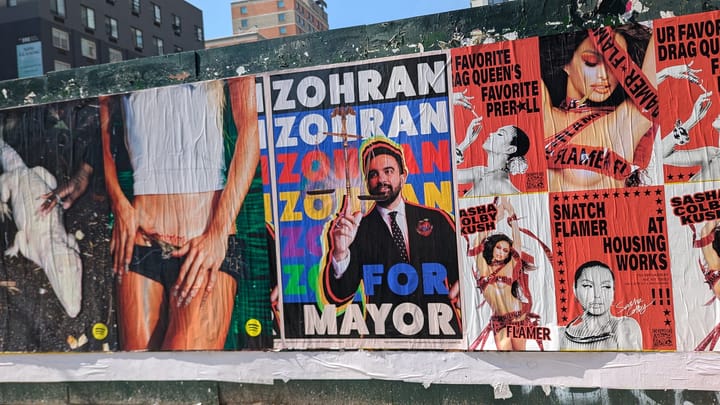
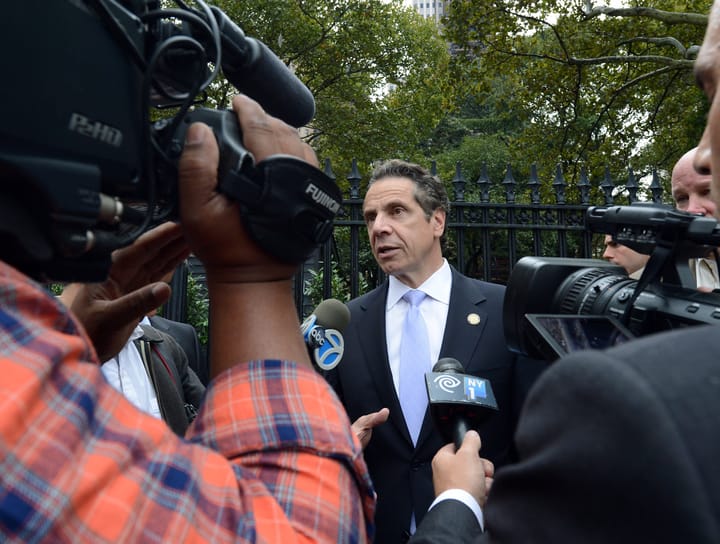
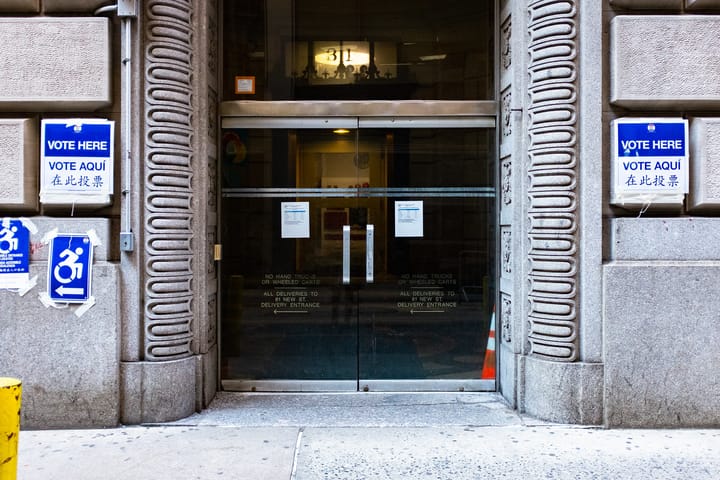
Comments ()